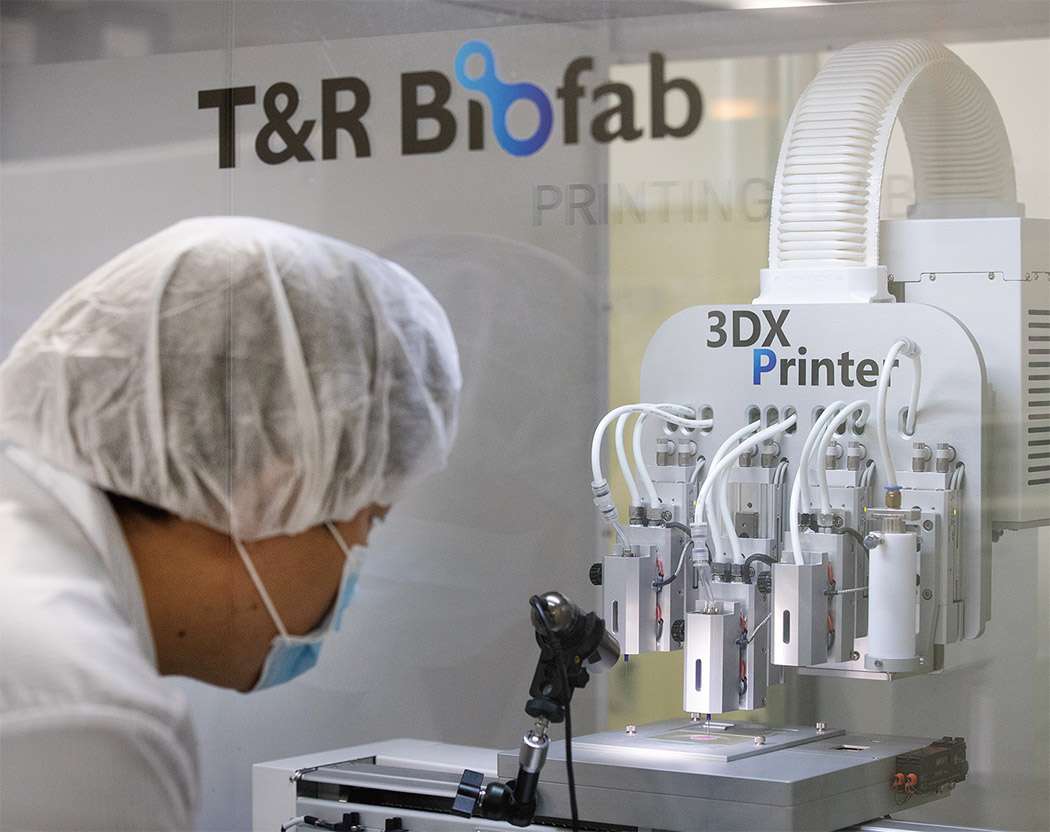Scientists Locate the Broken Rotor Blade of Stricken Mars Helicopter Using Remote Imaging
Scientists have located the broken rotor blade lost by the stricken Mars helicopter after 72 flights in the Jezero Crater.

A biotech company has established a stunning milestone for prosthetics as their firm became the first and only one in the world to produce a bio-3D-printed windpipe that was successfully transplanted into a human body.
Nasal stem cells and cartilage cells were obtained from other patients who underwent other procedures, and these were replicated and combined with polycaprolactone (PCL) for structural support as well as a special ink made from living cells to make the windpipe, or trachea.
The transplant procedure was performed at St. Mary's Hospital in Seoul on a woman in her 50s who lost part of her own trachea during thyroid removal surgery. The one-of-a-kind 3D printer, designed with over a decade of research and testing, was provided by the company T&R Biofab.
The hospital and T&R both hope that the artificial trachea will allow her to live a relatively normal life until its expiration date five years from now, at which point the hypothesis is that her body will have regenerated her own.
According to the BBC, the patient did not require any immunosuppressants, a medicine used to prevent the body from rejecting the new organ. Additionally, six months after the operation, the windpipe is not only healing well but new blood vessels are starting to form.
The dimensions for the trachea had to be exact, as you might imagine. MRIs and CT scans were undertaken to ensure there would be no problems with the ‘fit'.
T&R Biofab designed the printer to specialize in printing hollow tubular structures with high-precision technology, and the BBC said that the earliest work was done in 2004 to devise this miracle machine which the company says had to work in perfect harmony with the servers of St. Mary's Hospital, and as such can't be taken to other hospitals.
"While it's too soon to say that 3D-bioprinting could be the solution for the current shortage of organs for transplantation, it definitely increases the hopes to partially solve the issue for some organs or some specific indications, or at least fill the gap between classic medical devices and organ transplants," Dr. Paulo Marinho, head of scientific strategy at T&R Biofab, told BBC Science Focus.
Tracheotoemies are typically performed in the causes of trauma to the windpipe, thyroid cancer, or congenital anomalies.
SHARE This Wild Future Technology With Your Friends…
Be the first to comment